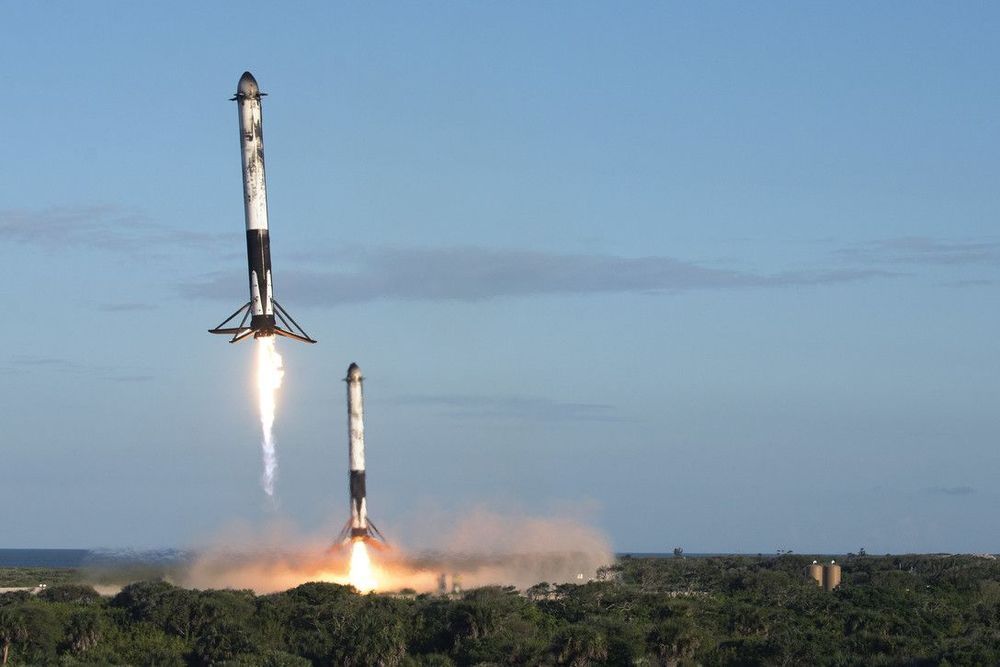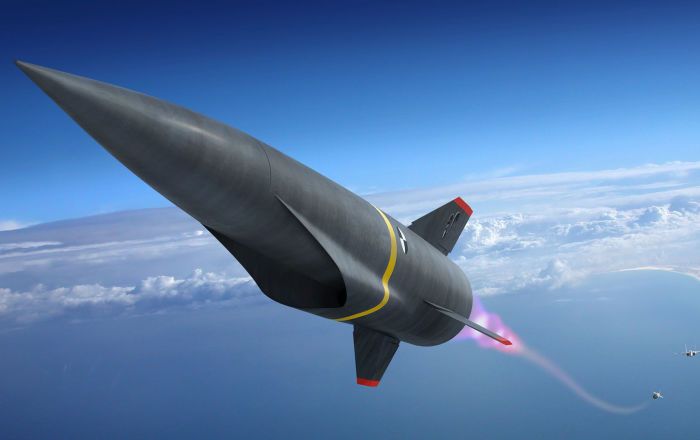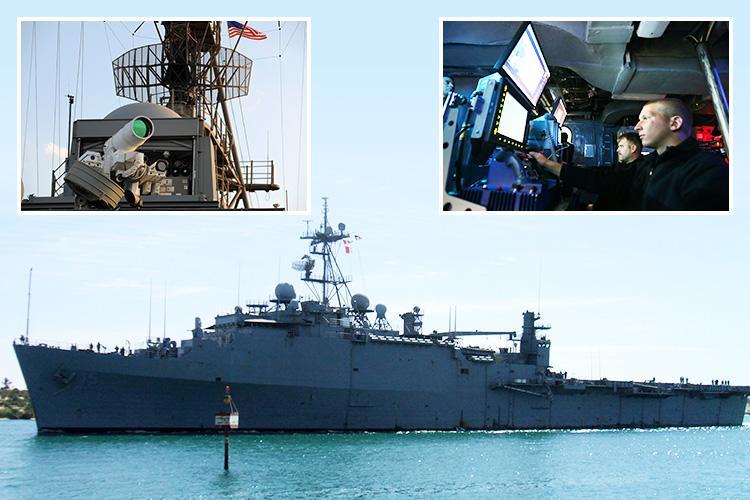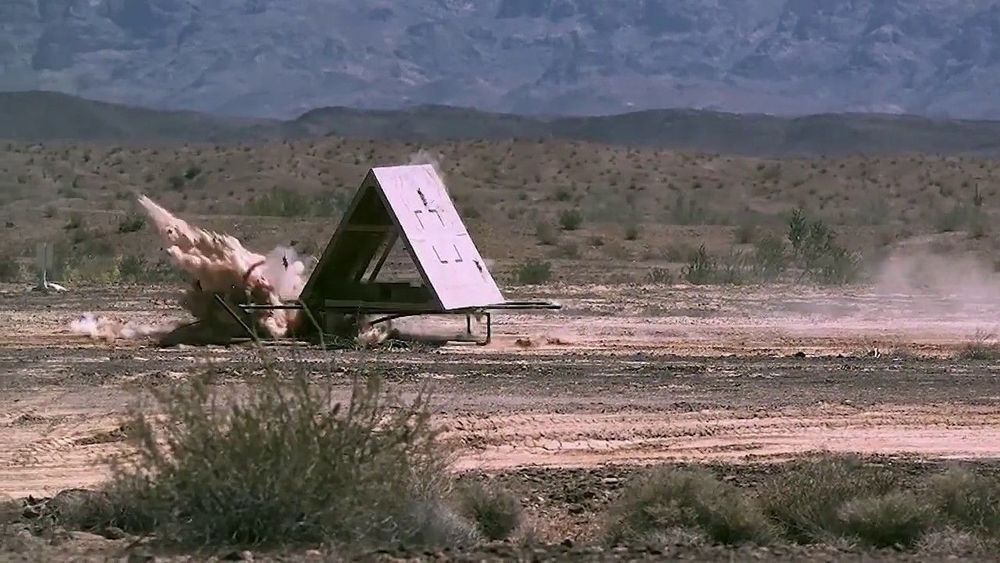The credit agency Equifax was compromised by a cyberattack that permitted China’s military to steal names, Social Security numbers and other personally identifiable information.
Category: military
EXCLUSIVE: A former USAF intelligence expert believes aircraft in the military branch now have the ability to turn invisible.
Circa 2015
As weapons get more sophisticated, researchers are trying to build defence systems that can keep pace, and what’s better than a force field?
Aerospace and defence giant Boeing has been awarded a patent to develop a force field-like system that could protect military vehicles from shockwaves following explosions from missiles or improvised explosive devices.
Boeing’s proposed system involves using a combination of lasers, electricity and microwaves to rapidly heat up the air between the vehicle and a blast. This heat creates a plasma shield that’s denser than the surrounding air and able to deflect or absorb the energy from the incoming shockwave.
The military-run spaceport at Cape Canaveral will soon be renamed Cape Canaveral Space Force Station to reflect the facility’s transition from the U.S. Air Force to the newly-created Space Force, military officials said Friday.
Officials said Cape Canaveral Air Force Station, home operational launch pads leased by United Launch Alliance and SpaceX, and nearby Patrick Air Force Base south of Cocoa Beach, Florida, will both get new names.
Brig. Gen. Doug Schiess, commander of the 45th Space Wing which oversees Patrick Air Force Base and Cape Canaveral Air Force Station, said Friday that the two installations on the Space Coast will be among the first military facilities in the country receiving new names after the creation of the Space Force in December.
THE Call of Duty Black Ops 5 release date is expected to be announced in the coming months by Activision, but it doesn’t appear that it will be stealing the limelight from Modern Warfare.
The Hypersonic Conventional Strike Weapon (HCSW) program has been killed by the US Air Force as the service looks to make budget cuts in the area of hypersonic prototyping in the coming year.
Air Force spokeswoman Ann Stefanek revealed Monday that budget pressure, rather than performance, influenced the service’s decision to abandon its HCSW program and continue its development of the Air-Launched Rapid Response Weapon (ARRW) — its other hypersonic weapon program.
“We will continue to work collaboratively with our sister services to see how we can most effectively leverage each other’s capabilities, ensuring the most prudent use of taxpayer dollars,” she said in a statement emailed to Defense News on February 10.
Two former diplomats, from Russia and America, call for extending the nuclear arms limitation pact called New START, to make the world more secure.
There are many satellites in space and we know which launch put most of them up there. But there are a number of them that are not associated with a specific launch, though it would be desirable to identify which put them into orbit. This article is about a technique which could help associate objects in space with particular launches, one that I am currently developing. But let’s start with some background information: what do we know about most satellites?
First, there are several catalogs of satellites. These are lists of satellites and information about them, and are maintained by different organizations. What are these catalogs? I have written a couple of articles that have appeared here that give some background, such as one about overlooked satellites (see “Acknowledging some overlooked satellites”, The Space Review, June 12, 2017), while another discusses why some satellites are in some catalogs and not others (see “Time for common sense with the satellite catalog”, The Space Review, April 10, 2017).
The US Air Force maintains the default world official satellite catalog and assigns official satellite numbers and “international designators,” which state what launch each object is associated with. The Air Force gets observations from many sites, radar and optical, around the world and uses them to generate and maintain orbital parameters for satellites. That is how they know which object is from which launch. That international designator is very important when a satellite reenters: the country that owns a satellite that reenters is responsible for any damage caused when it impacts the ground. Also, for satellite collisions, the country that owns a satellite that “causes” a collision is responsible for damage.
THE US military is close to unveiling new super-powered lasers capable of zapping nukes straight out of the sky.
The 150-kilowatt weapons will be fitted to warships and are able to ‘take out’ drones, aircraft, cruise missiles and even other ships.
“The previous laser prototype was tested in the Persian Gulf three years ago aboard an amphibious the USS Ponce,” said Col Mikhail Khodarenok, former editor of the Military-Industrial Courier.
https://youtube.com/watch?v=rxa0ASS2wp8
Raytheon and the US Navy have successfully fired a precision-guided munition that can be fired from a howitzer and zero in on a moving object. The recent test of the Excalibur S round not only demonstrated its ability to switch from GPS to laser guidance to find its target, but also that its electronics and sensors can withstand the shock of being fired out of a gun.
The Excalibur S is the latest variant of Raytheon’s Excalibur line of smart projectiles. Developed by Raytheon and BAE Systems Bofors, it uses the GPS technology from the Excalibur Ib, and combines it with a semi-active laser seeker that allows it to home in on moving land and maritime targets with a miss radius of under two meters (6.5 ft).
The Excalibur system is designed to work with a variety of artillery and can extend the range of a .52 caliber gun to over 50 km (31 mi) to hit or damage its target with the first round. When the Excalibur S is first fired, it uses GPS to make its initial target fix, then switches over to its laser sensor to home in on an outside targeting beam.









